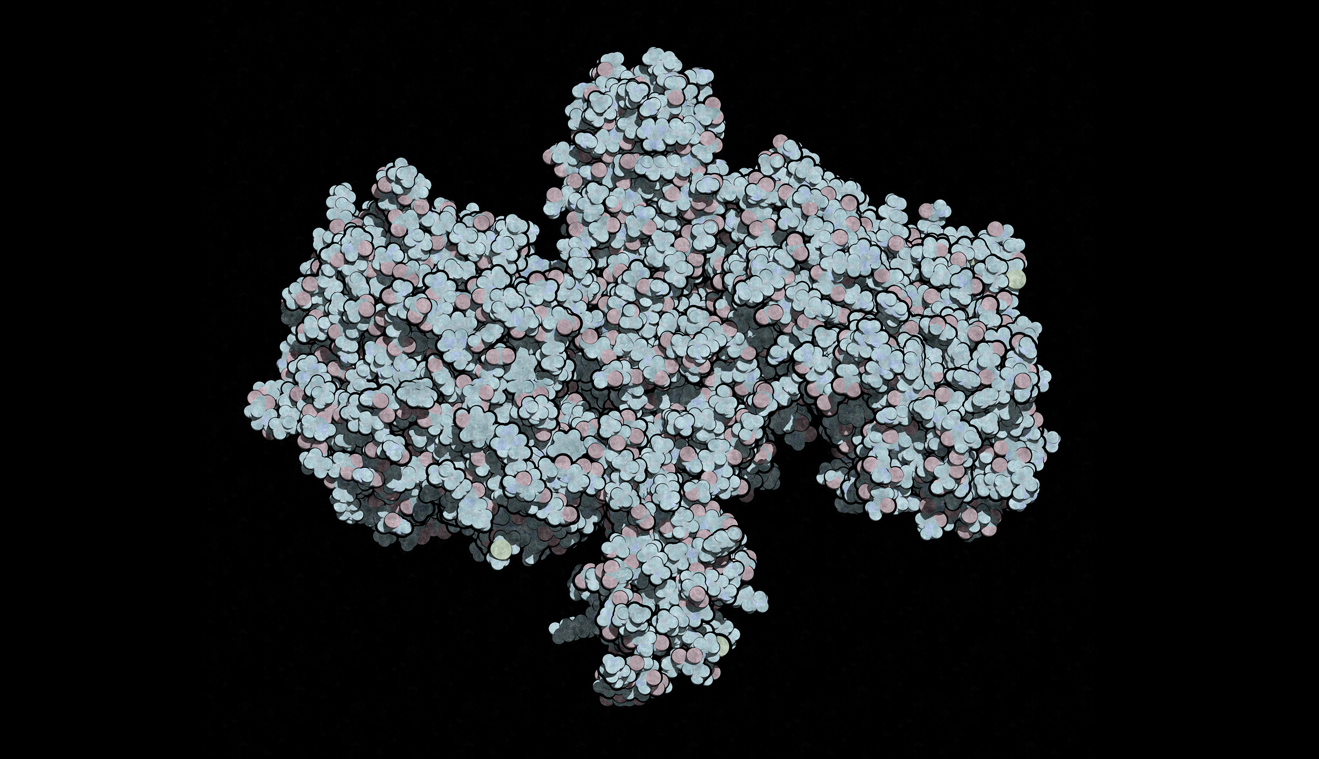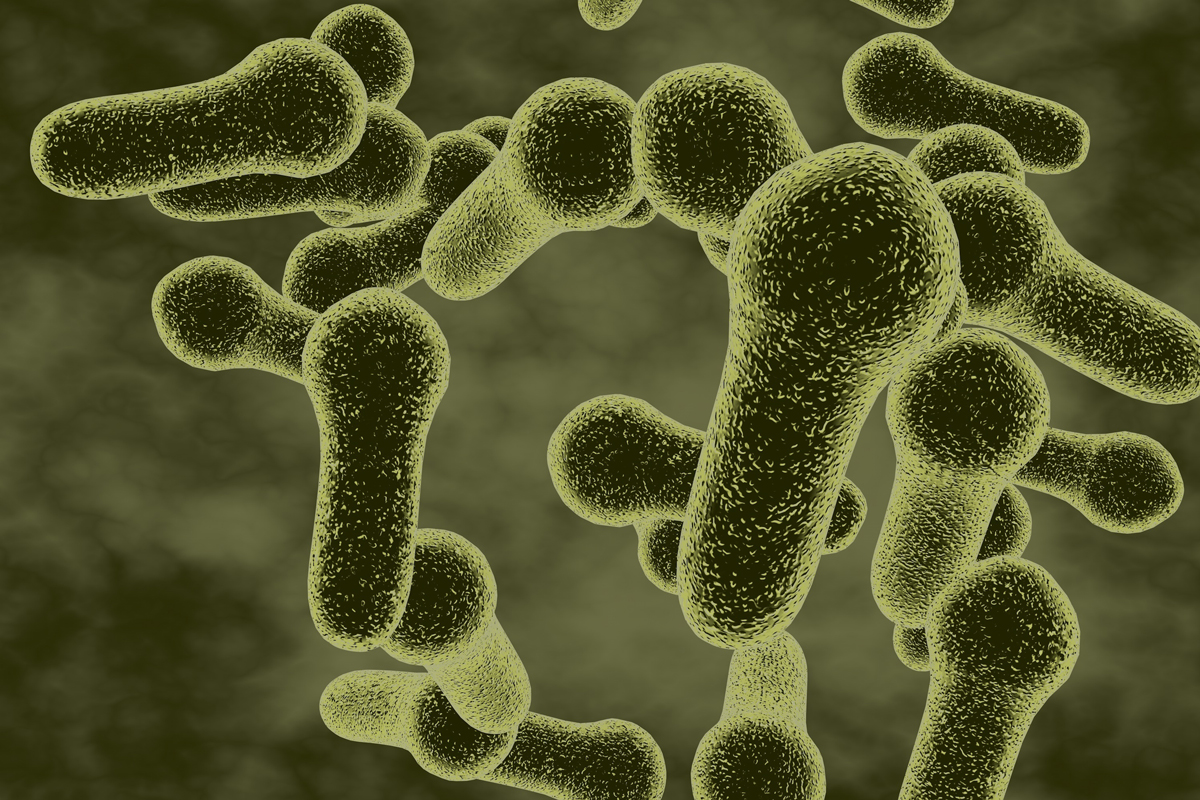Botulinum Toxin A (Clostridium Botulinum) – X, XR
One of the deadliest known poisons. There are many types of botulisms and usages of toxins, like in cosmetic applications. Even it can assume many forms, we are interested about the toxin itself and its usage as poison.
- Botulinum Toxin Agent Description
- Botulinum Toxin Historical Background
- Botulinum Toxin Usage
- Botulinum Toxin Transmission & Dispersion
- Botulinum Toxin Exposure Symptomology
- Botulinum Toxin Infection Treatments
- Response & Protection Actions Against Botulinum Toxin
- Did You Know?
- Botulinum Toxin Fact Box
- Download Envi Assay System Datasheet
Botulinum Toxin Biological Agent Description
Botulism is a rare but serious illness caused by a toxin that attacks the body’s nerves and causes difficulty breathing, muscle weakening, and even death. This toxin is made by Clostridium botulinum bacteria. This bacterium can produce the toxin in food, wounds, and in the intestines of infants. The bacteria that make botulinum toxin are found naturally in many places, but it’s rare for them to make people sick. This bacterium makes spores which can grow and make extreme lethal toxin under certain conditions although spores do not usually cause people to become sick, even if they’re eaten. The spores help the bacterium survive in extreme environment. The spores can grow and make toxins in anaerobic, low acid, low sugar, low salt right temperature with certain amount of water environment. An example of this kind of environment can be found in fermented foods, home-canned and smoked vacuum-baked fish.
There are five main types of botulism:
- Infant botulism when spores get into infant’s intestines.
- Wound botulism when spores get into a wound and make a toxin.
- Foodborne botulism when botulinum toxin contaminated food is eaten.
- Latrogenic botulism if too much botulinum toxin is injected for cosmetic reasons.
- Adult intestinal toxaemia when spores get into an adult’s intestines and produce toxins.

Botulinum toxin neurotoxic protein, cosmetically used to treat wrinkles.
Botulism is a serious and sometimes deadly. In most cases it requires hospital care from days to even months. Symptoms start typically as face muscle paralysis. Without treatment the paralysis moves down the body breathing muscles, arms and legs.

Clostridium bacteria which causes tetanus, botulism, gas gangrene and wound infection.
The bacterium can be found naturally in many places and rare make people sick but its toxin could be used in a biological attack. Some countries have made toxins as biological weapons and some groups have unsuccessfully tried to use it.
Botulinum Toxin Historical Background
Botulinum toxin was discovered and first used for therapeutics in the 1800s. Initially German physician Justinus Kerner got the idea of using this “sausage poison” in medical methods, and another German physics — Muller — made it botulium toxin in 1870 (botulus = sausage). The Belgium professor Van Ermengem was the first to isolate the bacteriumin in the year of 1985.
The first isolation of purified botulinum toxin A was done by doctor Sommer in USA in 1928. In 1949 and 1950 it was discovered that the toxin blocks neuromuscular transmission and in the following year the toxin’s blocking features were used against acetylcholine in nerves (compare nerve agents affecting mechanism). In the 1970’s and 80’s it was discovered and tested to treat strabismus (crossed eyes) and got approved for treatment in 1989 and 2001 for treatment of cervical dystonia. The famous botulium toxin A cosmetic BOTOX® get its licence in 2001 for excessive sweating, focal muscle spasticity and, cosmetic treatment of wrinkles. After the latest approvement different chronical pain disorders were reported growing, like chronic migraine.
Botulinum Toxin Usage
Botulinum toxin has always been on the list of the top bioweapon candidate agents, because of its extremely high toxicity. The bacteria are easy to grow, and the toxin is relatively easy to produce in large quantities.
In the 1930s Japan Army’s Water Purification Supply Unit 731 in the Pingfan village in Manchuria did botulium toxin experiments on animals and human studies exposing Chinese, Korean and American prisoners. There were also suggestions to poison the streams used by Soviet Unions for water source.
The U.S. produced “Agent X” toxin during WW II and millions of doses of antitoxins were prepared to use, if German used their agents against allied forces.
In the 1980s the left-wing extremist group the German Red Army was found to have manufactured the toxin in safe house in Paris, however it was never used in an attack.
Japanese doomsday cult Aum Shinrikyo was interested on creating their own biological weapon program. They managed to produce some level of botulium toxin but it didn’t had any toxicity. They disseminated large volumes of liquid from trucks via spray device in early 1990s. The targets were two U.S. Naval Bases, the Narita airport, the Japanese Diet, the Imperial Palace and the HQs of rival religious group. No one appears to have been affected from the agent including cult members who accidentally exposed themselves during the dissemination, and the attack went unnoticed by the authorities.
Botulinum Toxin Transmission & Dispersion
Being invisible, odourless and, tasteless the release of botulinum toxin in the food supply or air might not be noticed immediatly, until the hospitals start seeing many people with botulism symptoms.
An U.S. army study indicates that a point-source aerosol release of weaponised botulinum toxin could incapacitate or even kill 10% of the people downwind for a distance of 500 metres. Such release in crowded places like undergrounds, shopping centres, or an enclosed event would have a major impact, especially if multiple releases occurred at different locations simultaneously.
Botulinum Toxin Exposure Symptomology
Botulism symptoms and sights are difficulty of swallowing, muscle weakness, double vision and blurry vision, droopy eyelids and difficulty of moving eyes and, breathing difficulty. The foodborne botulism also includes vomiting, nausea, stomach pain and diarrhea. The food born botulism symptoms generally begin 18 to 36 hours after eating contaminated food.
The mass effected people with botulism might not have all of these symptoms at the same time. If untreated, botulism may progress and the symptoms may worsen to cause full paralysis of some muscles.
Botulinum Toxin Infection
Botulism has mainly a supportive treatment. If the person has been affected by a large dose of toxins, the anti-toxin therapy is of doubtful value.
Response & Protection Actions Against Botulinum Toxin
In a suspected aerosol attack, a full-face respirator should be worn. In a foodborne attack, victims and potential contaminated food should be handled at least with latex gloves. It is unlike that the toxin would be released from the food into the air. The toxin does not penetrate intact skin, so protective suits would not be normally required, but this is evaluated according to the incident.
In an attack, it is difficult to determine the persistence of the aerosol after the initial release. Temperature, humidity and the aerosol particles size, they all determine the rate of dissipation into the atmosphere. An enclosed site should be considered contaminated for at least 48 hours after exposure.
Due the toxin’s heat-sensitive, contaminated material should be decontaminated either using heat decontamination (80ºC/10 minutes) or by using 0,1% hypochlorite solution. For clothing, skin or hair, thoroughly washing with soap and water is a suitable method.
Did You Know?
Botulium toxin is under both weapons of mass destruction convention – Chemical and Biological. It is a biological agent that is used as chemical agent.
Botulium toxin has also UN 2814 number for infectious substances affecting humans.
Botulinum Toxin Fact Box
| Agent type | Toxin |
| Infectiousness | No |
| Person-to-Person | No |
| Incubation period | 12–36 hours |
| Infectious dose (aerosol) | 0,9 µg for 70kg |
| ENVI Assay Sensitivity | 10 ng/ml sample buffer |
| Lethality | High (>60%) |
| Therapy | No Vaccin, antitoxin treatment |
ENVI Assay System
Bertin Environics’ ENVI Assay System bio defence tests is the ideal tool for provisional identification of Biological threats. These high quality and proven tests for early detection are the most compact immunoassay “lab-in-a-box” in the market.

Disposable, separate assays for seven highly poisonous hazardous agents: ricin toxin, botulinum toxin, Bacillus anthracis anthrax, orthopox virus, SEB, Yersinia pestis and Francisella tularensis.
Leave a Reply